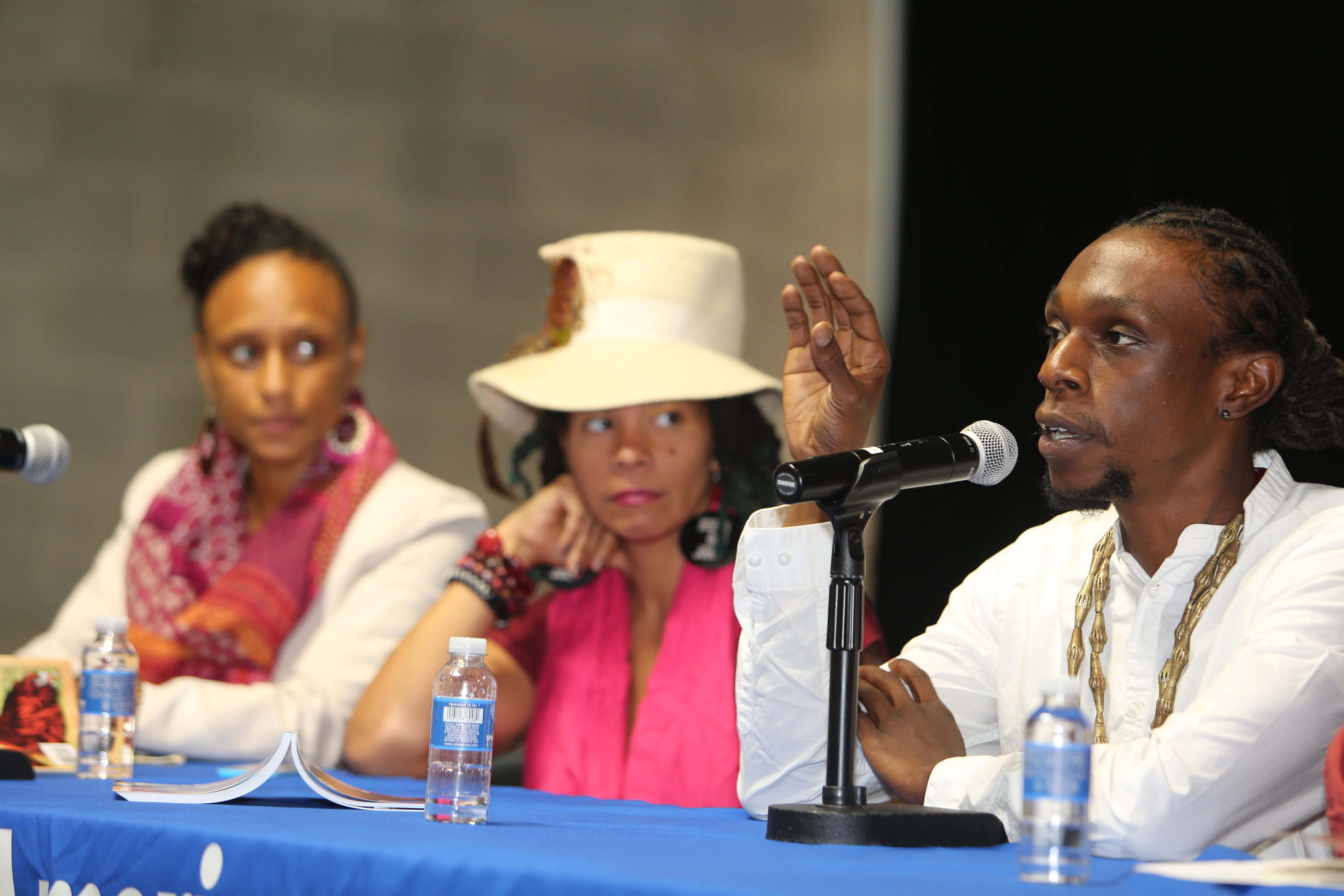
By Keith A. Owens
The hope is that better days are coming for Detroit, but nobody is singing “We Are the World” just yet. This is a city that needs to master baby steps before attempting John Coltrane’s “Giant Steps”.
But enough with the musical references. The point here is that the Concert of Colors may have ended this past Sunday, but the attached conversation surrounding how arts and culture can play a bigger role in overcoming racial and ethnic barriers needs to continue. Because Detroit has made two major contributions to the world: cars (actually the assembly line production method of building cars introduced by Henry Ford) and unforgettable music. Detroit put the world on wheels, and we did it to a beat that made the entire world hum along. It is that Detroit sound – and not just Motown – that has truly bridged racial and ethnic boundaries worldwide more than any government policy ever could.
One week ago today, the Concert of Colors sponsored its annual Forum on Community, Culture, and Race at the Arab American National Museum in Dearborn. The event was first introduced as an important addition to the Concert of Colors in 2006 (the Concert of Colors itself began 23 years ago in 1993) but then went on hiatus for a few years until 2014 when it was re-introduced. The extremely diverse and multi-racial crowd, which was full to capacity, came to listen to an impressive panel of artist/activists speak about the untapped power of art and culture to create whole and healthy communities – something which Detroit most certainly needs more of.
From the website:
“The Concert of Colors is metro Detroit’s free annual diversity-themed music festival. It is produced by the Arab American National Museum with partners Detroit Symphony Orchestra, Detroit Institute of Arts, Charles H. Wright Museum of African American History, ACCESS, Midtown Detroit Inc. and University of Michigan – Detroit Center. The goal of this five-day festival is uniting metro Detroit’s diverse communities and ethnic groups by presenting musical acts from around the world.”
“The topic of using the arts as a community engagement tool is not new,” said sa well-known local artist/activist Ozzie Rivera, who served as the evening’s panel moderator. “You had organized efforts even during the Depression to make sure that artists had a voice in how we combated the Depression.”
Bryce Detroit, a panelist and member of the O.N.E. Mile Project (O.N.E. standing for Oakland North End, Bryce explained), discussed in detail about the Oakland Avenue Art Corridor and how essential it was to connect the residents of that neighborhood to its legendary past as a source of cultural pride and energy that can be used to begin rebuilding the community. The One Mile project is taking place on the Oakland Avenue Art Corridor which stretches from East Grand Blvd to Kenilworth and Westminster Streets on the North End.
“Our major initiative with the Oakland Avenue Arts Corridor, which is to use art as well as the professional identity and skill sets of our community to revitalize and stabilize our neighborhood,” he said. “This is not necessarily an art-based initiative, this is an everybody initiative.
“At its core this project is setting out to stimulate and inspire new points of self identity that are based on the cultural legacy of the North End. It just so happens that the North End, particularly Oakland Avenue, is a major artery of the Paradise Valley days. It is home to top-tier world-renowned venues” such as Phelps Lounge, the 20 Grand Club, and the Apex Bar, just to name a few.
“We have a community right now, a major thoroughfare in our community, that is drenched in history, drenched in legacy, and that legacy is very valuable , especially in a landscape where that exact same community most of the members are told on a regular basis from the mainstream media that they have no value, that they actually come from no value. So a major part of this project is to reconnect our community with these positive points of self-identity.
“Once I see myself as a valuable contribution to my own life? Then it makes it easier for me to imagine myself contributing to reimagining my community.”
Jessica Care Moore, an internationally known performance artist, musician and community activist, delivered her perspective with a considerable amount of humor barbed with cutting insight about the complexities of Detroit that were well-appreciated by the audience.
“I grew up with Muslim kids and Chaldean kids and we knew the difference between a Muslim and a Chaldean. And I walked through Dearborn to get to my predominantly white Catholic school St. Alphonsus. Now, I live in the middle of gentrification, in Corktown. It’s weird.”
Moore expanded on her humorous cultural sketch analysis of Corktown referring to her (very) young, white male neighbors whom she described as nice and decent people, but who didn’t think to take out her trash if they saw she hadn’t had the time to take it out herself because of how busy and distracted she often is by other events. Plus, although not old, Moore can legitimately be considered an elder, at least when compared to the age of her neighbors.
“I tell them that if y’all were brothers you would take out the trash for a sister,” she said, eliciting a considerable amount of laughter from the audience.
But on a more serious note, “We can cross cultural boundaries by just telling the truth, and by being open and honest in our conversations about what’s happening to our cities. People say a lot of atrocious and ridiculous things about our city and they don’t say anything beautiful. We have a lot of different people from a lot of different places here. That’s the way I grew up. That’s the Detroit that I know. That’s the old Detroit, and I’m proud to be from old Detroit.”